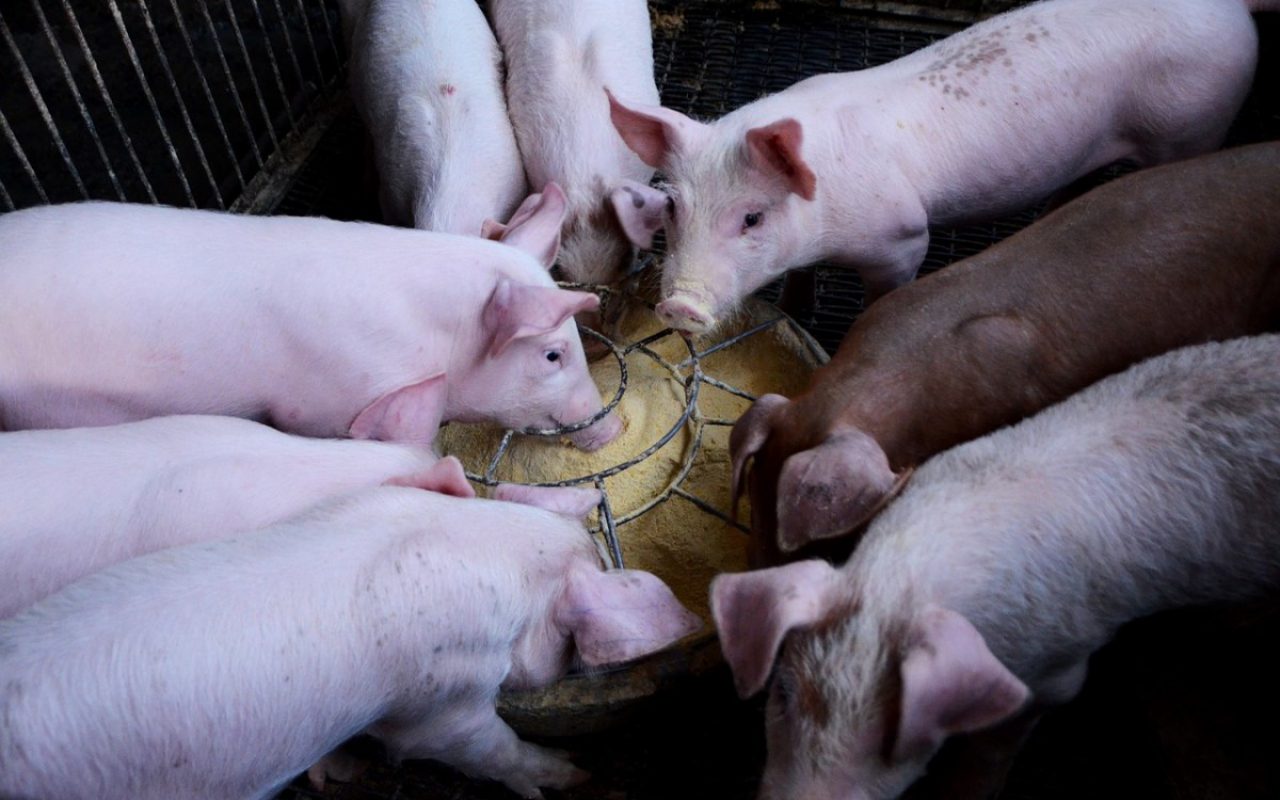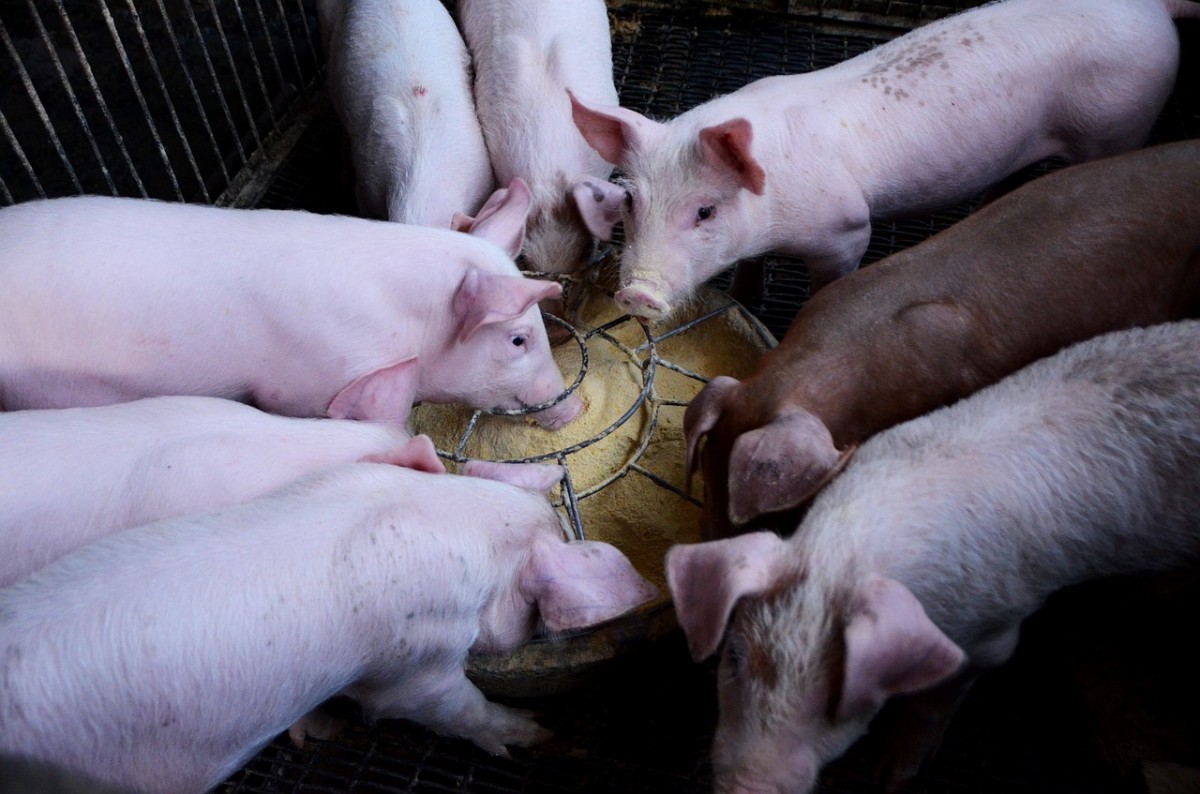
Full review of the effects of African Swine Fever on the global meat market
The impact of the current ASF global crisis is the number one concern of the pork industry, since it threatens the livelihood of many small Chinese producers and undermines the global market of pork-based products. Background information -The disease is currently present on three continents (Europe, Asia, and Africa), in about 24 countries. -It has […]

The impact of the current ASF global crisis is the number one concern of the pork industry, since it threatens the livelihood of many small Chinese producers and undermines the global market of pork-based products.
Background information
-The disease is currently present on three continents (Europe, Asia, and Africa), in about 24 countries.
-It has been present in Africa since 1900.
The mortality rate is close to 100% (symptoms last a few days leading to death in less than a week).
-There is no cure for ASF, and to date, there is no vaccine for it.
-The disease was transmitted by wild boars in the EU.
-It has no impact on human health.
-ASF can survive up to a year in processed meat, and up to three in frozen meat.
-It is spread through contaminated meat.
-Also, by using ASF contaminated supplies in pig feed.
-Another form of propagation is through transportation (inside/outside the farm) and via ticks.
ASF in China and its effects
-It is estimated that China is responsible for almost half of the world’s pig production. -Out of these, it is estimated that 50% are backyard pigs.
-98% of the pork demand is covered with locally sourced pork.
-The remaining 2% is imported, representing 20% of the global pork trade.
-Pork supply in China is expected to be reduced by 25% by the end of this year.
ASF spreads to new markets
ASF positive countries in 2019 are: Burma, Mongolia, Cambodia, South Korea, North Korea, Laos, the Philippines, Vietnam, Moldova, and East Timor.The countries at risk are Taiwan, Indonesia, Thailand, and Japan.
Because of this, 75% of the global pork supply is at risk. It is estimated that losses will reach 14% of the world’s pork supply for 2019.
Consequences
-This is the largest decline in a single year on record. It is estimated that between 40 and 50% of the total pig population in China will have been lost in 2019.
-Chinese pork prices keep going up, and they have doubled since last June.
-The value of frozen pork stocks peaked in March at 52%, and by September, they had dropped to around 50%, reaching their minimum value in October.
